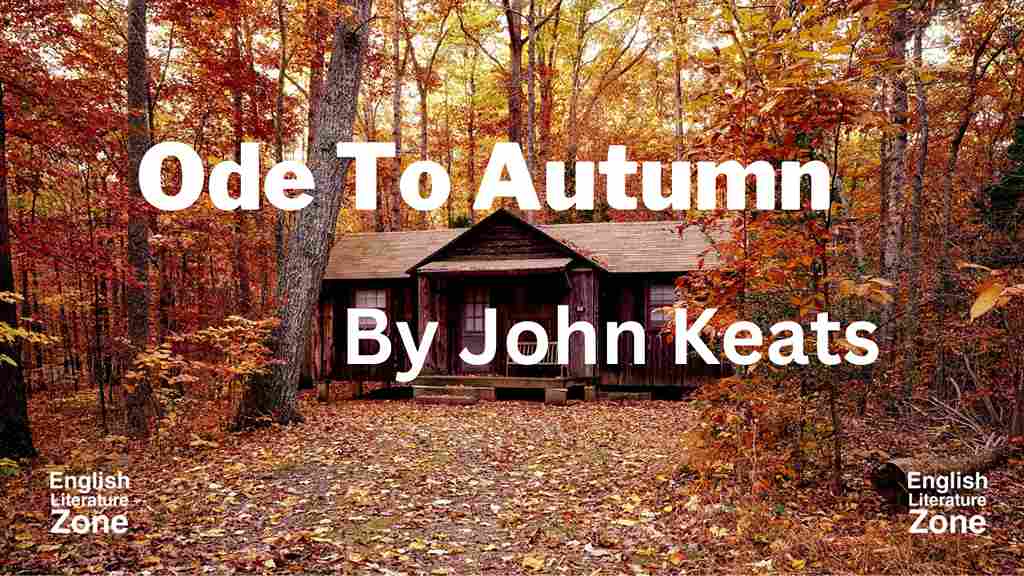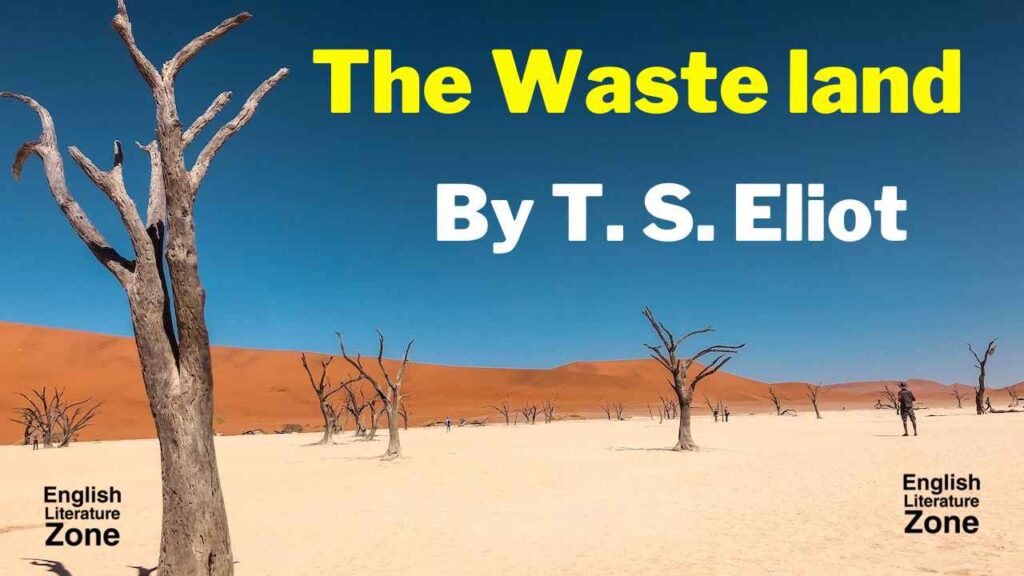Kubla Khan Summary By S. T. Coleridge | Kubla Khan Analysis

Introduction
Kubla Khan is one of those poems that have kept the name of Samuel Taylor Coleridge at the forefront of the greatest English Poets. The other two are The Rime of the Ancient Mariner and Christabel. The present poem Kubla Khan is a highly imaginative poem, in which after each stanza the level of imagination and creativity goes dipper. It is given the subtitles ‘A vision in a Dream: A Fragment’.
Origin of The Poem
Samuel Taylor Coleridge wrote this poem in 1797 while staying at a farmhouse in a town called Porlock. He was in poor health and he had been prescribed opium. After taking opium, he was reading a travel book entitled Purchas Hit Pilgrimage, then he fell into a deep sleep. Upon walking. Coleridge said that he remembered the entirety of his dream and began to write it down exactly as he had dreamed it. In the midst of his writing, however, he was interrupted by a person from Porlock. The man’s interruption led Coleridge to forget the 200 to 300 line he had composed in his Dream. Coleridge was never able to finish the poem. He left it unpublished and kept it for private reading for his friends until 1816 when, at the promotion of Lord Byron, it was published.
About The Poet
S. T. Coleridge the poet of Kubla Khan is the pioneer of romantic poetry. He is a friend of Wordsworth. He has good observation and a sense of nature but also feels it. He loves landscapes, sceneries, countryside images, rivers, forests, and plants. He finds beauty in them and mentions it in his poetry. Among his world-famous works include – The Rime of Ancient Mariner, Kubla Khan, Christabel, Dejection: An Ode, and also Lyrical Ballads, which he published along with Wordsworth.
The poet calls this poem a fragment because he can’t sketch his complete dream. The majority of critics do not think that the poem is fragmented.
George Saintsbury said:
“It is complete, It is pure poetry, It is perfect.”
Form of The Poem
The Poem Kubla Khan does not conform to the strict form of poetry such as a ballad, sonnet, or ode. It consists of 3 stanzas, wherein the first stanza is 11 lines, the second stanza is 25 lines and the third stanza is 18 lines long. Since the poem is not constrained by a strict form, rhyme scheme, or meter. It grants the poet total freedom in conveying the meaning as they desire it.
The Themes of The Poem
The poem has many themes but the major themes are –
- Imagination and creativity.
- Dreams and Reality
- The impact of Nature.
Title of The poem
The title of this poem is after the name of Kubla khan the famous Mongolian emperor. He was a great conqueror and ruler. According to Coleridge’s preface to Kubla Khan, the poem was composed one night after he experienced an opium-influenced dream after reading a work describing Shangdu, the summer capital of the Mongol-led Yuan dynasty of China founded by Kublai Khan (Emperor Shizu of Yuan).
Poem Explanation
In the first stanza, the poet in a dream or in imagination sees Kubla Khan in his capital city Xanadu, commanding from his luxurious palace dome. The river of Alph flows through the vast chambers and covering a huge distance, mixes into the sea where there is no sunlight. There is no such rivel with the name Alph in the world. The word Alph resembling the first letter of Arabic Alif probably symbolizes the River of Knowledge for which humans are thirsty.
The capital of Kubla khan is about ten square kilometers with fertile land which is surrounded by walls and towers protecting it. There are beautiful gardens through which a streamlet, and there are trees and plants having sweet fragments. There are forests, which are as old as the hills and are covered with green plants over which sunlight is falling. The first stanza is about the creativity of Kubla Khan. It is the first level of imagination.
In the second stanza, creativity moves to a deeper level of imagination. The poet describes divine creativity. There is a sloping hill with a green point, across which there is a charm or a deep gap covered with mosses.
It is as wild and holy as the love of a woman who under the decreasing moon is crying for her supernatural lover. In this charms or gap, there is an unending disturbance. It seems that the earth is breathing angrily and through the gap, water is coming out with great force and then falling down. With the water, huge stones are thrown out on either side of the charm which covers the gap. In the midst of these stones, the holy river comes out and flows through the woods and the valley in a zigzag way. The river reaching the vast chambers ultimately sinks with noise into the silent sea.
While hearing the noise of the river falling into the silent sea, Kubla Khan hears the voice of his dead ancestors who predict and foretell the future war. The shadow of a luxurious palace dome floats in the air, where a combination of the noise of the fountain and the silence of the cave is heard. The poet calls it a miracle of a racing device, which is true because a sunny dome and cave ice cannot co-exist.
In the third stanza, the creativity moves into the 3rd or deepest level of imagination. The poet in a dream sees a damsel who is playing the dulcimer. She is from the Black Race of Africa and probably from Ethiopia. She plays dulcimer and signed for Mount Abora, which joins the river, Nile. The poet by Saying:
“Could I revive in me her symphony and sound?”
Express the superiority of the damsel and in spite of being a European, he praises a Non-European. The poet wishes that if he could have the skills of symphony and music of that damsel, he would have built the dome, like that pleasure dome of Kubla Khan, in the air with the caves of ice.
The audience, on seeing him, doing so would pay attention to his acts. They would then weave a circle thrice around them that is they would appreciate his poetry by reading it three times, each time going to a deeper level. They would then witness that by creating the imaginary dome and ice cave in the air by having the symphony and music of that damsel, he would drink the milk of Paradise then he would achieve the best pleasure.
Conclusion
Thus, now we can say that in the poem Kubla Khan, Coleridge talks about the beautiful land of Xanadu through its vivid description. It is a highly romantic poem focusing on humans and natural forces beautifully. The whole poem seems to a Utopian world; a world where there are no worries; it is for those people who are lovers of nature.
Are you struggling to keep up with your English Literature Coursework? Do you need detailed, customized English Literature Notes to help you better understand the texts you’re studying? “Look no further! Our customized paid notes will help you achieve your study goals quickly.
Kubla Khan Summary By S. T. Coleridge | Kubla Khan Analysis Read More »




